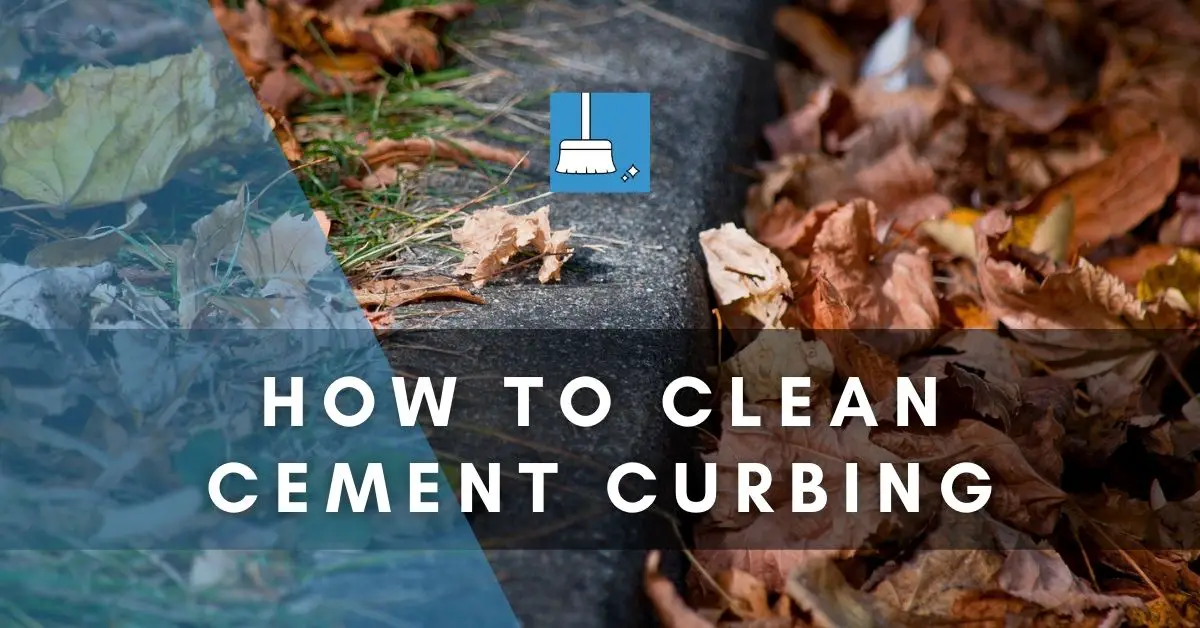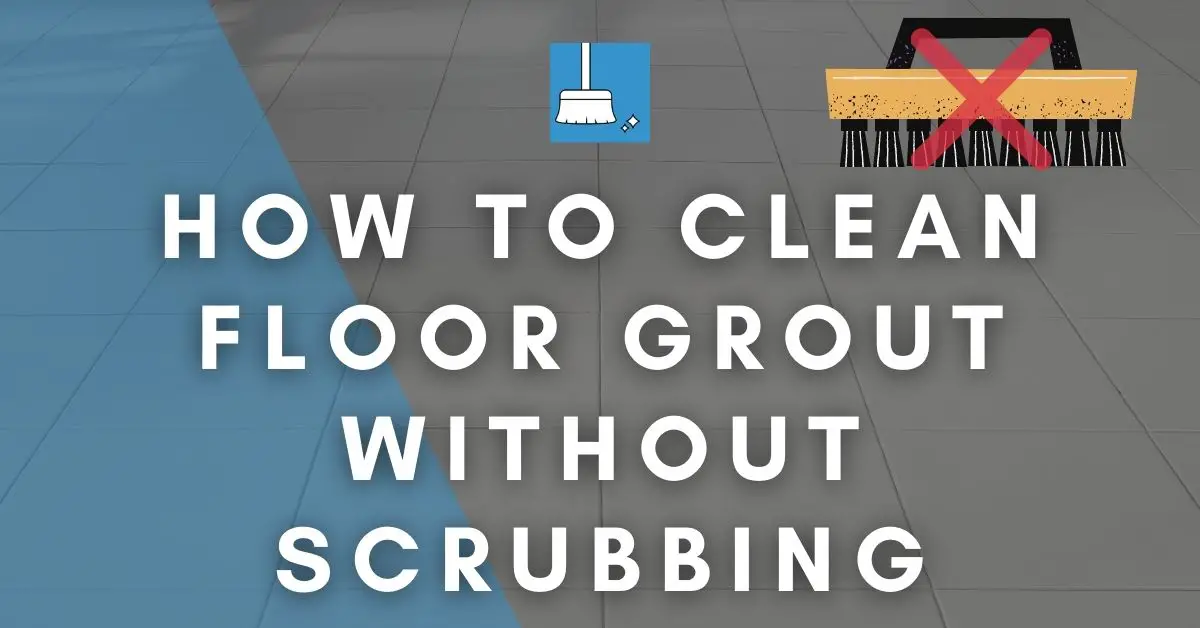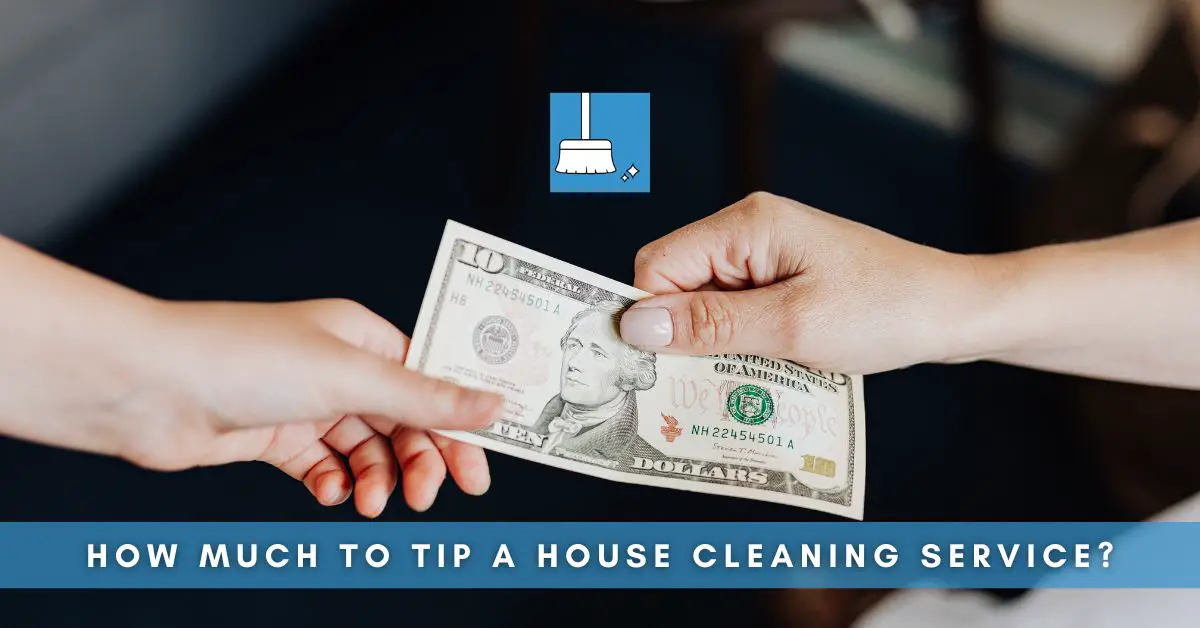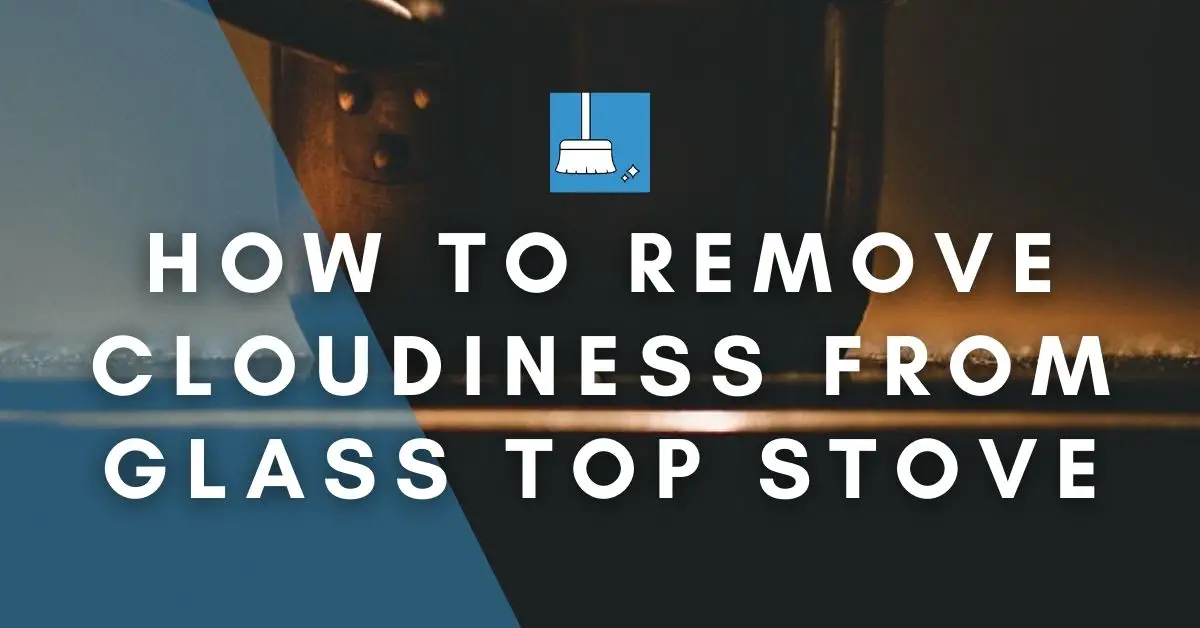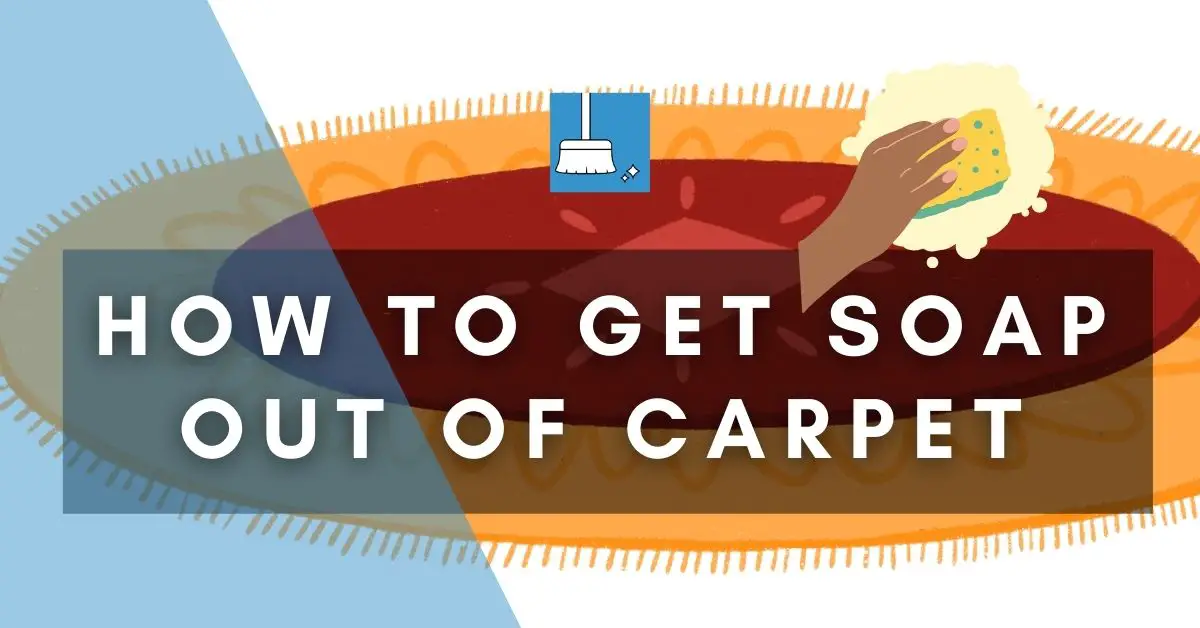Although that decorative curbing makes your yard look beautiful with attractive plant beds, it is cement or concrete after all, which, just like most other surfaces, tends to stain over time.
Anything you spill over cement will be soaked by it due to its porous nature. The same is the case with dirt that sits over it. Not only this, you must have noticed mildew forming over it as well.
So, you need to know the right ways to clean cement benches, stairs (steps), patio, and curbings.
We’ll see different methods that can be used to clean those edgings as well as learn how to get mold and rust stains off.
Preparation for Cleaning
1- Trim your curb edges in case weeds have outgrown them.
2- Place a scrap board between the curb and your plants or bed to protect your plants.
3- You can as well cover your plants and bed with clothes further to protect them from chemical cleaners you may be using.
How to Clean Cement Curbing (5 Methods)
Cleaning your cement curbing is similar to cleaning cement benches in the
METHOD 1: Cleaning Cement Curbing with a Brush
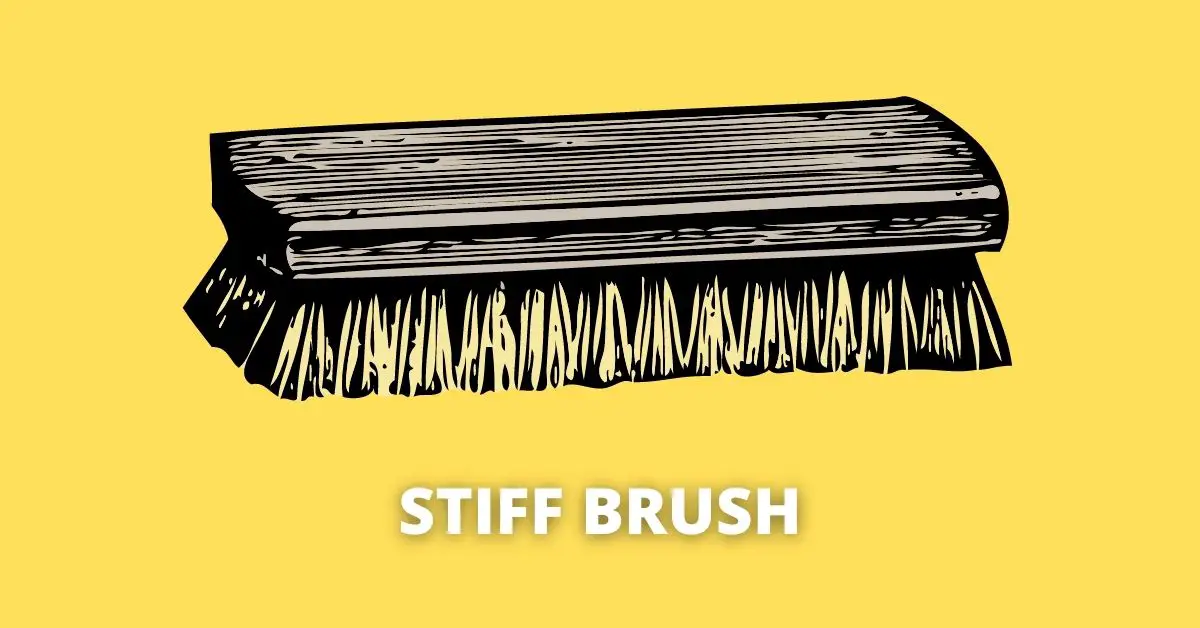
This is a regular cleaning method. You should do this at least once a month. It helps you keep your curbing in a tidy condition by removing surface dust and stains and also keeps it from getting discolored.
YOU’LL NEED
Stiff brush
Garden hose
Water
Liquid soap
STEPS
STEP 1- Using a garden hose, spray your curbing with water thoroughly. This will remove surface dirt and soil from your curbing.
STEP 2- Apply liquid dish soap to your stiff brush and scrub the curbing with it to remove stubborn dirt.
However, using soap is optional. If there is just surface soil that needs to be cleaned and you also think that the soap will get into the grass and destroy it, simply scrub using only your brush.
STEP 3- Spray with the garden hose again to remove the loosened dirt and grime.
It’s as simple as that!
Let’s get to the next one!
Method 2: Cleaning Cement Curbing with Baking Soda & Water
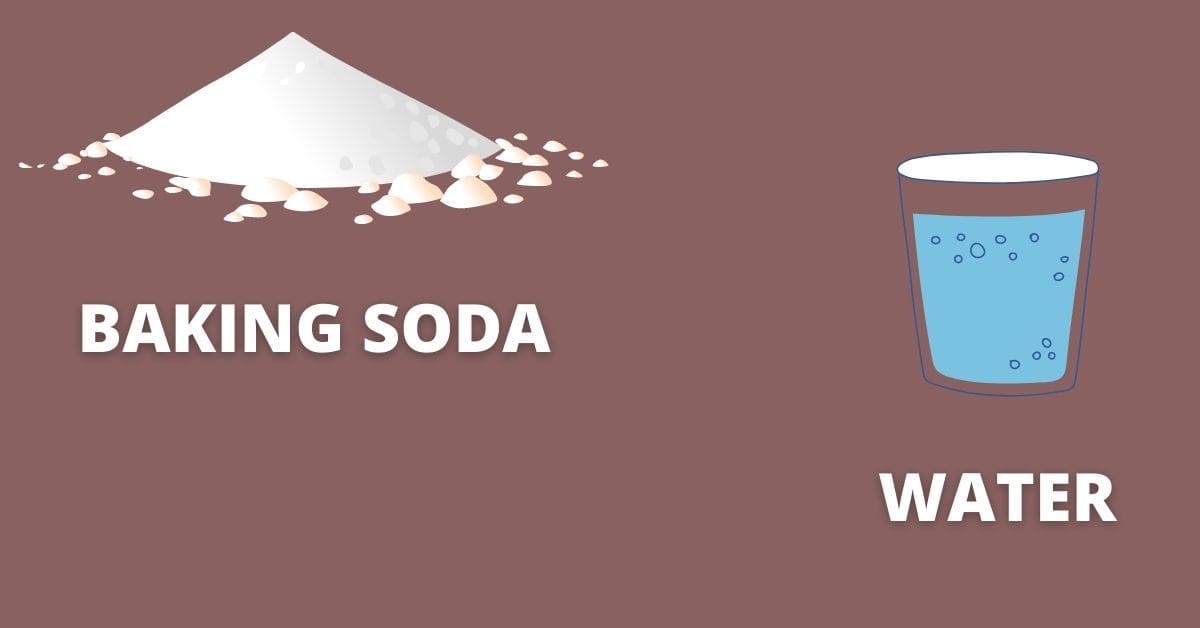
When it comes to plant health, you need to make sure that cleaning chemicals do not come in contact with your plants/grass or you use natural cleaners. Baking soda is a natural cleaner and does not hurt your plants if used in moderation. (1)
YOU’LL NEED
Baking soda
Water
Gloves
Stiff brush
Garden hose
Spray bottle
STEPS
STEP 1- Wear rubber gloves to protect your hands and skin in case you are sensitive to abrasive materials (such as baking soda).
STEP 2- Mix 2 ounces of baking soda with 1 gallon of water.
STEP 3- Pour the mixture into a spray bottle and spray your curbing with it. Spray the mixture generously to fully soak the curbing.
STEP 4- Scrub the curbing thoroughly using a stiff brush.
STEP 5- Rinse the curbing with water. Use a garden hose and make sure you rinse the mixture away from the curbing carefully.
STEP 6- After the mixture is properly rinsed away, leave the curbing to dry. You will have a clean curbing once again.
Wasn’t that hard! Was it?
Here’s another one for you!
Method 3: Cleaning Cement Curbing with Vinegar
Vinegar is a natural cleaner commonly found in our kitchens. It is easy and cheap to get. Just like baking soda, Vinegar does not harm your plants. In fact, Vinegar has some benefits when used in your yards. (2)
Option A: Cleaning with Vinegar and Water
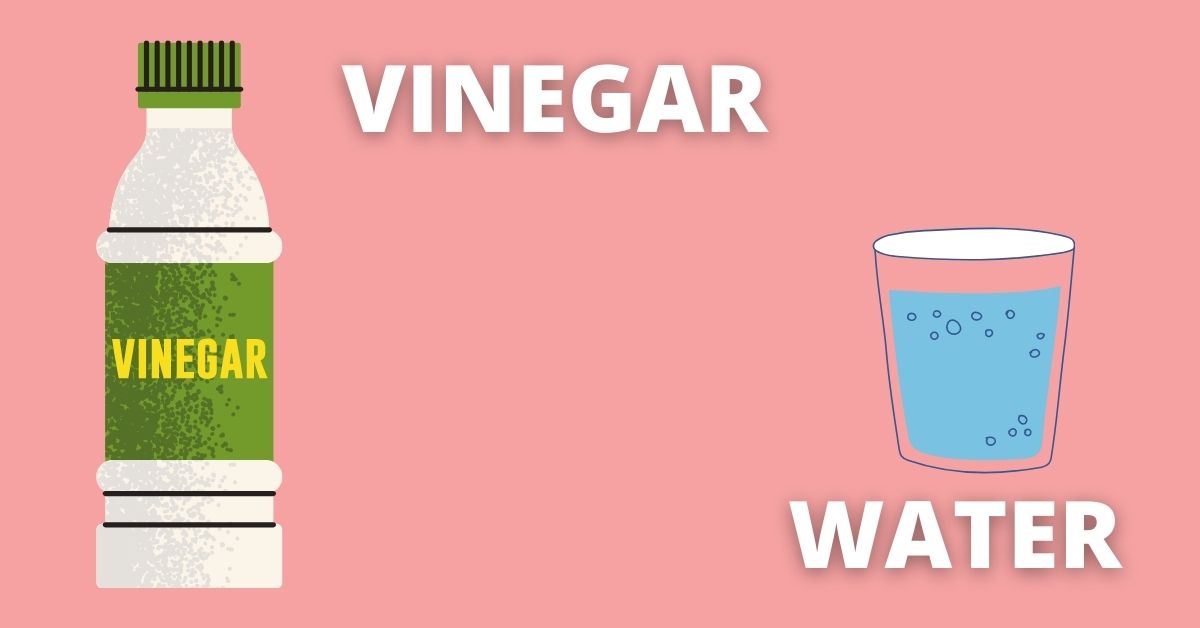
YOU’LL NEED
Vinegar
Water
Spray bottle
Scrub Brush
Garden hose
STEPS
STEP 1- Mix equal parts of water and vinegar and pour the solution into a spray bottle.
STEP 2- Spray the solution on your cement curbing generously.
STEP 3- Allow it to sit for about 15 minutes. The ACIDIC CONTENT (Acetic Acid) in Vinegar will start its cutting action on the grime and grease stains on your cement curbing.
STEP 4- Scrub the curbing with a brush thoroughly.
STEP 5- Rinse the curbing using your garden hose to get rid of the solution.
The grease stains should be gone.
Here’s another way of using Vinegar!
Option B: Cleaning with Vinegar and Baking Soda
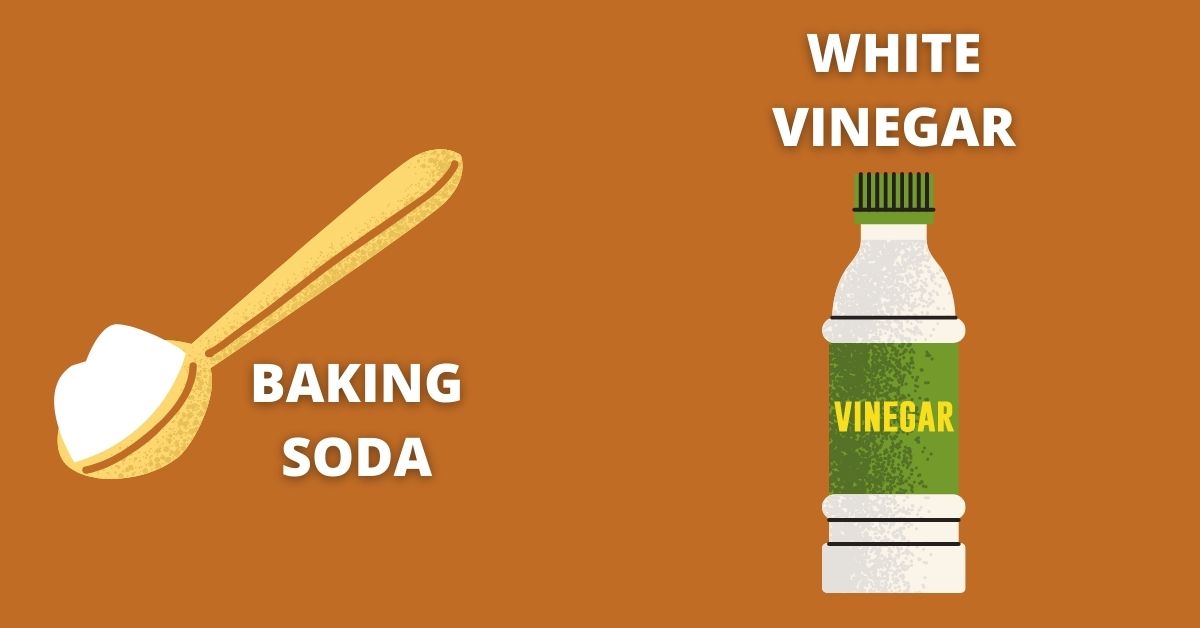
This option is slightly more effective than the previous one and can be used if the stains are tougher. Both Vinegar and Baking Soda are excellent household cleaning items. (3) Their cleaning action increases when used together.
YOU’LL NEED
White Vinegar
Baking soda
Liquid soap
Spray bottle
Scrub Brush
STEPS
STEP 1- Mix equal parts of white vinegar and baking soda and pour the solution into a spray bottle. Add some liquid soap too and give the bottle a nice shake.
STEP 2- Spray your curbing with the solution generously.
STEP 3- Allow it to sit for 15 minutes.
STEP 4- Scrub the surface with a brush and apply the mixture again if necessary.
STEP 5- Rinse the curbing thoroughly using a garden hose and allow the cement to dry.
That was a cakewalk! Wasnt it?
Let me show you another method!
Method 4: Cleaning Cement Curbing with Borax & Detergent
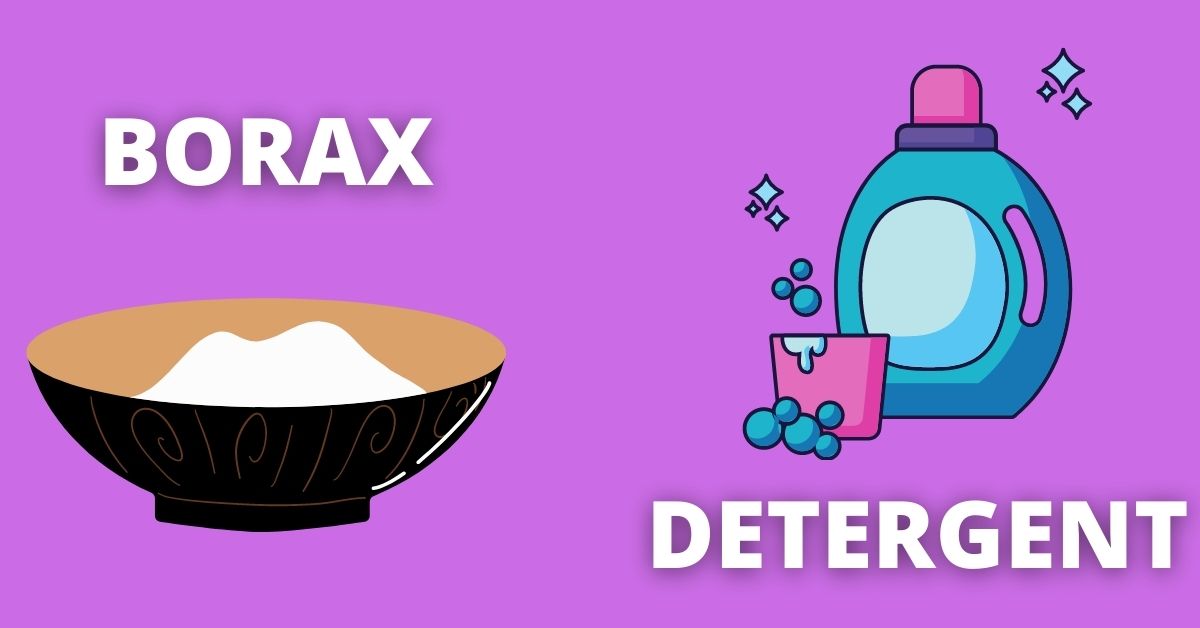
Borax is also a natural cleaner as well as a bleach. It increases the effect of other products when used in combination with them. Make sure you wear safety gear as Borax can react with your skin, eyes, and respiratory system. (4)
YOU’LL NEED
Safety gear (glasses, gloves, mask)
Borax
Liquid Laundry detergent
Stiff brush
Garden hose
STEPS
STEP 1- Wear your safety gear and mix borax with some laundry detergent.
STEP 2- Apply the mixture to your curbing and thoroughly scrub with a stiff brush. You will notice grease and other stains coming off your concrete edging.
STEP 3- Rinse the solution off when you are sure that all the stains have been removed.
STEP 4- If still there are stains that appear after rinsing, then apply the mixture again and leave for it for 15 minutes.
STEP 5- Scrub again with the stiff brush and then rinse thoroughly using a hose.
This time, your cement curbing should be fully clean.
I’m not done with you yet! I have more GREAT methods for you!
Method 5: Cleaning with Soda Crystals
YOU’LL NEED
Soda crystals
Hot water
Spray bottle
Hard/Stiff Broom
Garden hose
STEPS
STEP 1- Mix 1 part Soda crystals and 2 parts hot water in a spray bottle.
STEP 2- Spray the solution on your curbing generously.
STEP 3- Use a stiff broom to scrub your curbing thoroughly.
STEP 4- Rinse the curbing with a garden hose.
Okay! So that was general cleaning.
Now let’s dive into methods that you’ll need to get rid of mold!
How to Get Rid Of Mold on Your Cement Curbing (3 Methods)
Mold in cracks and crevices of your cement curbing is not an uncommon sight. Even the surfaces of your curbing can see mold growth. When concrete remains in a moist environment and a layer of dust builds upon it (which is unavoidable), mold will grow over time. (5)
Mold needs to be removed from its roots to prevent it from growing again. Usual dish soap cannot accomplish this. But getting rid of mold is not that hard.
Let’s see how you can do it!
Method 1: Removing Mold from Cement Curbing with a Pressure Washer
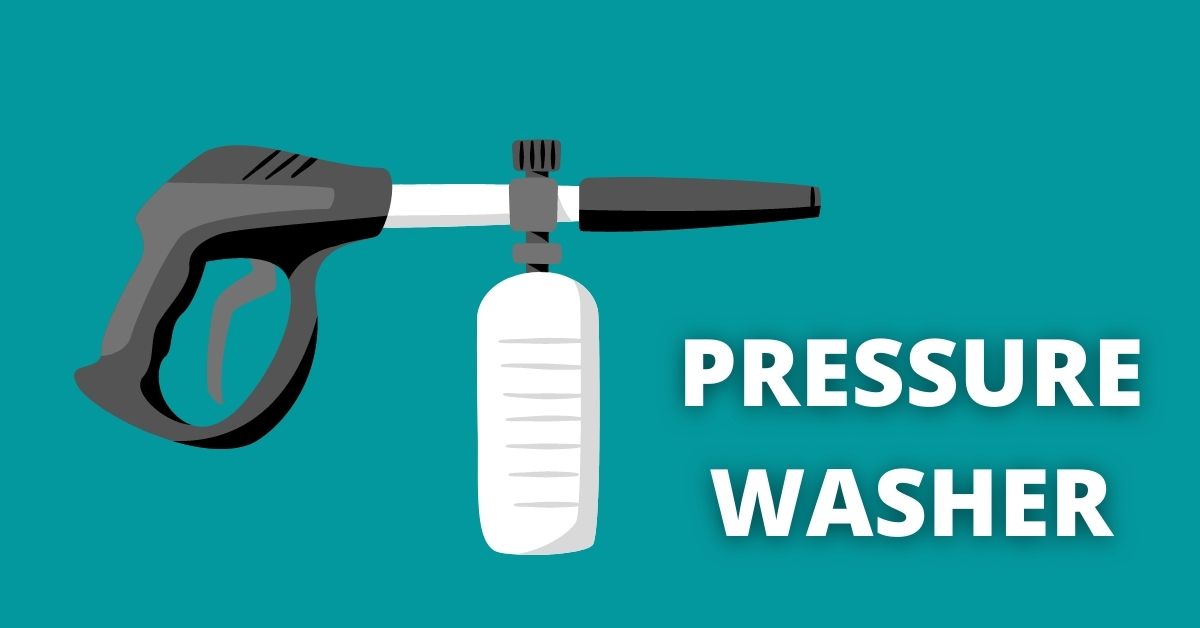
YOU’LL NEED
Safety glasses and gloves
Pressure washer
Garden hose
STEPS
STEP 1- Wear your protective gear to protect your eyes and skin from water coming out from the washer at high pressure.
STEP 2- Connect your garden hose to your pressure washer and set it at about 3,000 psi.
STEP 3- Wash the curbing under pressure, concentrating on the mold
Apply this method at least once or twice a year to prevent mold growth.
Wasn’t that hard at all!
Let’s have look at another method!
Method 2: Removing Mold from Cement Curbing with Hydrogen Peroxide
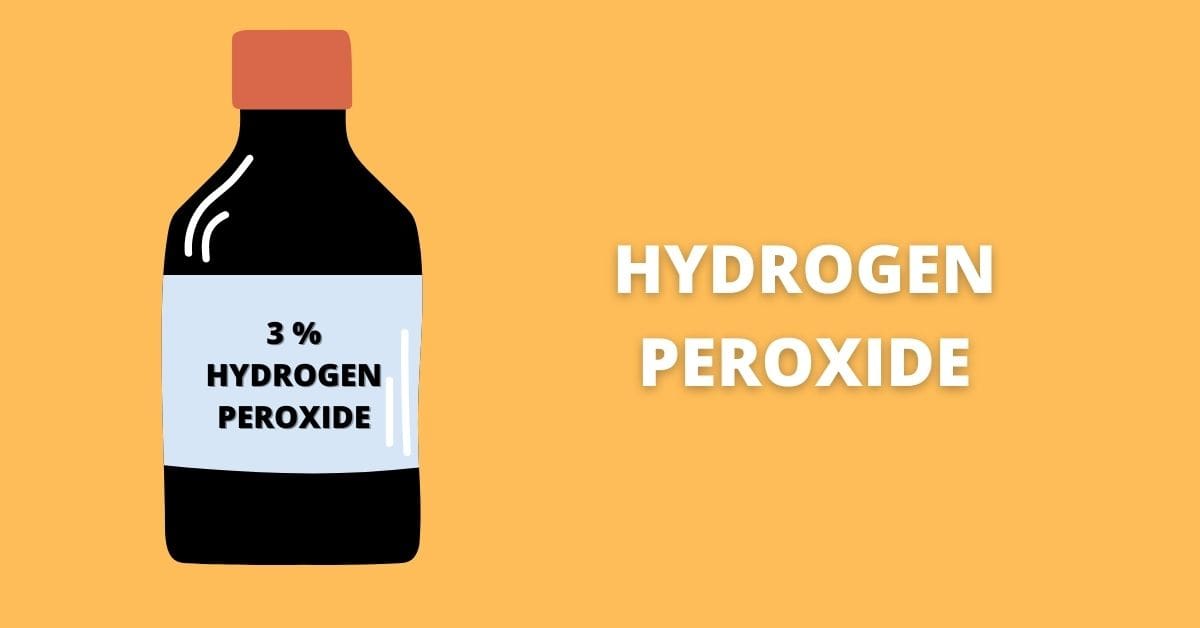
YOU’LL NEED
Flour
Hydrogen peroxide
Scraper tool
Water
Garden hose
STEPS
STEP 1- Mix some flour with hydrogen peroxide to make a paste.
STEP 2- Apply the paste to the moldy areas. Spread the paste a bit outside of the mold as well.
STEP 3- Allow it to sit for 30 minutes.
STEP 4- Scrape the paste and mold off with a plastic edge scraper tool.
STEP 5- Use a garden hose to rinse the cement curbing.
Method 3: Removing Mold from Cement Curbing with Bleach
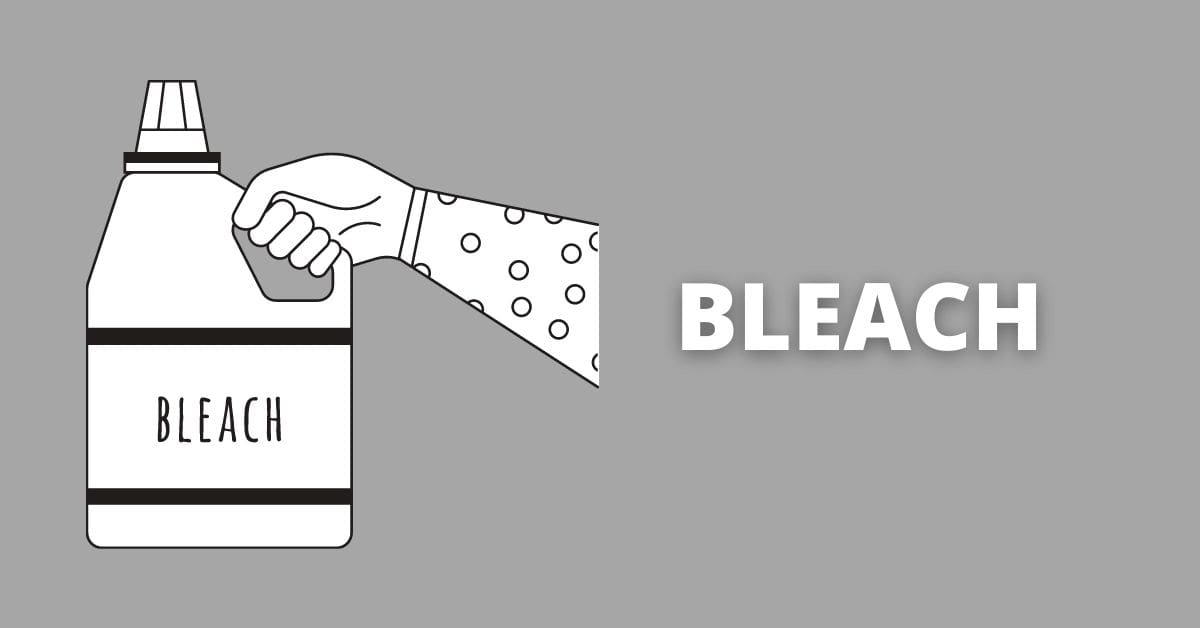
YOU’LL NEED
Bleach
Water
Spray bottle
Scrub brush
Garden hose
STEPS
STEP 1- Mix 3 tablespoons of bleach with 1 gallon of hot water.
STEP 2- Pour the solution into a spray bottle and spray your curbing, especially the moldy areas.
STEP 3- Allow the solution to sit for about 20 minutes.
STEP 4- After 20 minutes, scrub the cement curbing with a stiff brush pushing all the removed mold and mildew (mixed with bleach solution) away from the grass.
STEP 5- Rinse the cement curbing with water thoroughly using your hose.
How to Get Rid Of Rust Stains & Discoloration on Cement Curbing (2 Methods)
Fertilizers and chemicals you use on your plants could accidentally be sprayed on your cement curbing which can leave brown or orange stains. (6) There can also be rust stains on your curbing which makes it less attractive.
So what to do?
Let see!
Method 1: Cleaning Rust Stains with Soda Paste
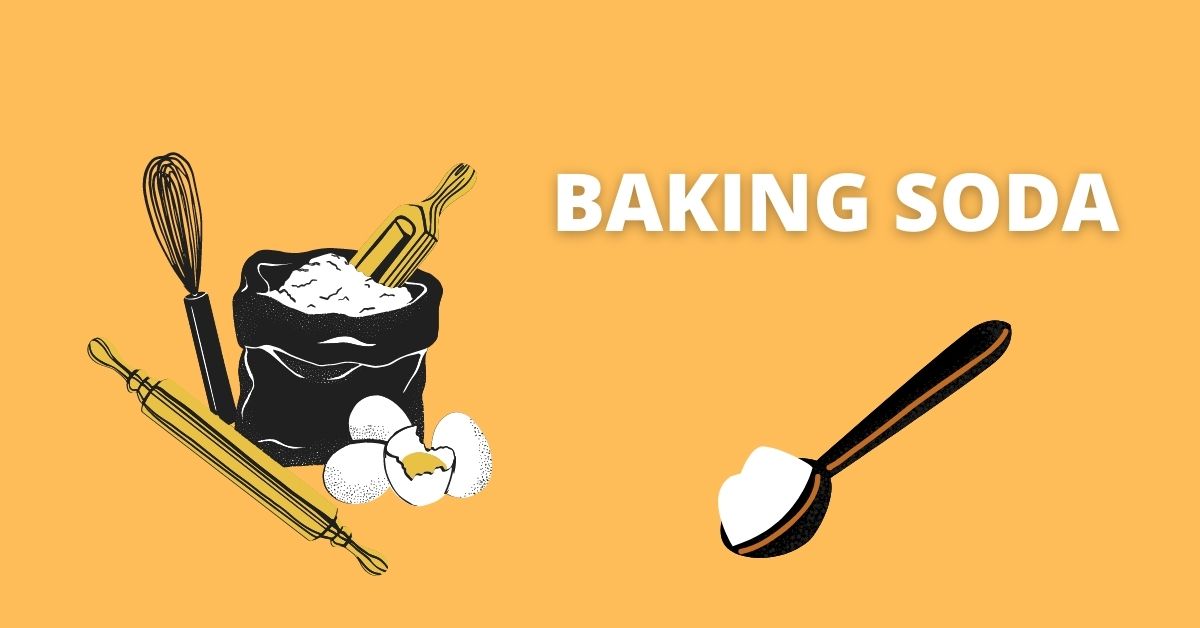
YOU’LL NEED
Baking soda
Water
Old toothbrush
Garden hose
STEPS
STEP 1- Make a paste with baking soda and water. Add just a little water so the paste remains thick.
STEP 2- Apply the paste to the stains on your curbing with an old toothbrush. Cover the stains completely with a layer of paste.
STEP 3- Allow the paste to sit on the stains for 30 minutes. The baking soda paste will absorb the compounds that stained or discolored the cement curbing.
STEP 4- Rinse the paste off with water using a garden hose.
Here’s another way to go about it!
Method 2: Cleaning Rust Stains with Trisodium Phosphate
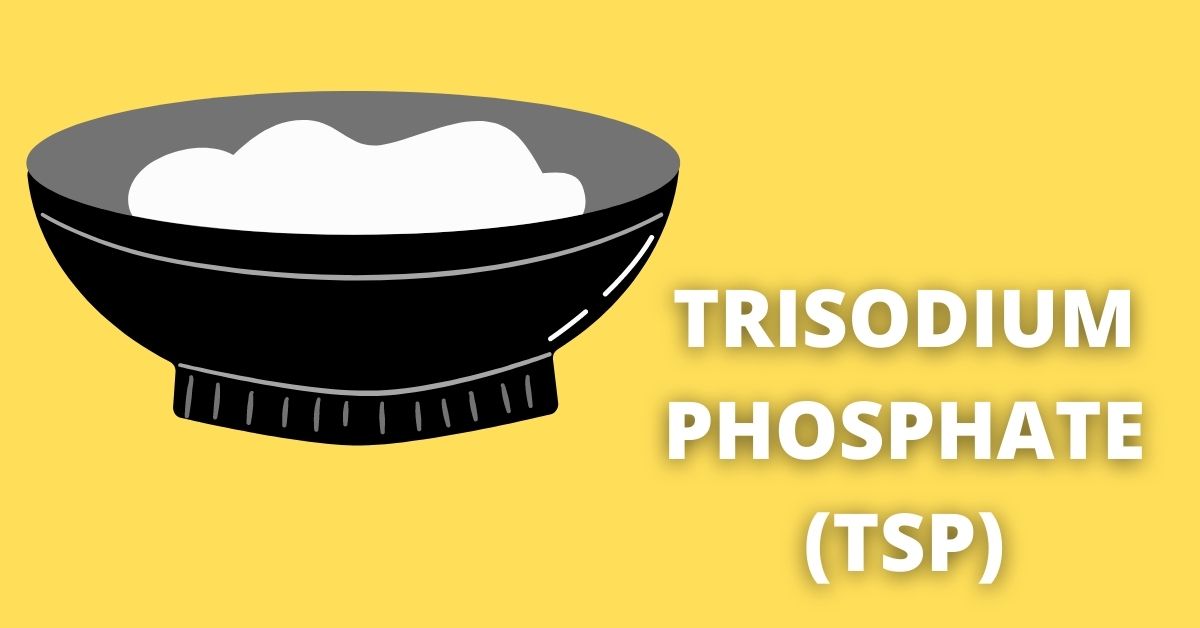
Trisodium phosphate is a heavy-duty cleaner that can be used to get rid of grease, stubborn stains, and discoloring. When combined with bleach, Trisodium phosphate can get rid of mold and mildew as well.
Option A: Trisodium Phosphate (TSP) and Water
YOU’LL NEED
Safety gear (Safety glasses, rubber gloves, mask)
Trisodium Phosphate (TSP)
Water
Spray bottle
Nylon bristle brush
STEPS
STEP 1- Wear your safety gear to protect yourself.
STEP 2- Mix Tsp and water. Add 1/2 cup of Trisodium phosphate to 1 gallon of water.
STEP 3- Pour the solution into a spray bottle and spray the areas on your cement curbing with the stains. You can spray the whole curbing if it is dirty, greasy, or moldy.
STEP 4- Scrub the stain spots with a nylon-bristle brush and continue doing it until the stains are gone.
STEP 5- Rinse the cement curbing thoroughly with water.
Option B: Trisodium phosphate (TSP) and Bleach
YOU’LL NEED
Safety gear (Safety glasses, rubber gloves, mask)
Trisodium Phosphate
Bleach
Water
Spray bottle
Garden hose
STEPS
STEP 1- Wear gloves and safety glasses to protect your eyes and skin. Mixing TSP and bleach can irritate your eyes and skin.
STEP 2- Mix 1/4 cup of Trisodium phosphate with 1 gallon of warm water. Then add 1 cup of bleach to the mixture.
STEP 3- Pour the solution into a spray bottle and spray the stains (and also mold) on your cement curbing.
STEP 4- Leave it for an hour.
STEP 5- Use a garden hose to rinse the cement curbing thoroughly to get rid of the solution. Try to push the solution away from the plants as much as possible.
METHOD 3: Cleaning Rust Stains with a Rust Stain Remover
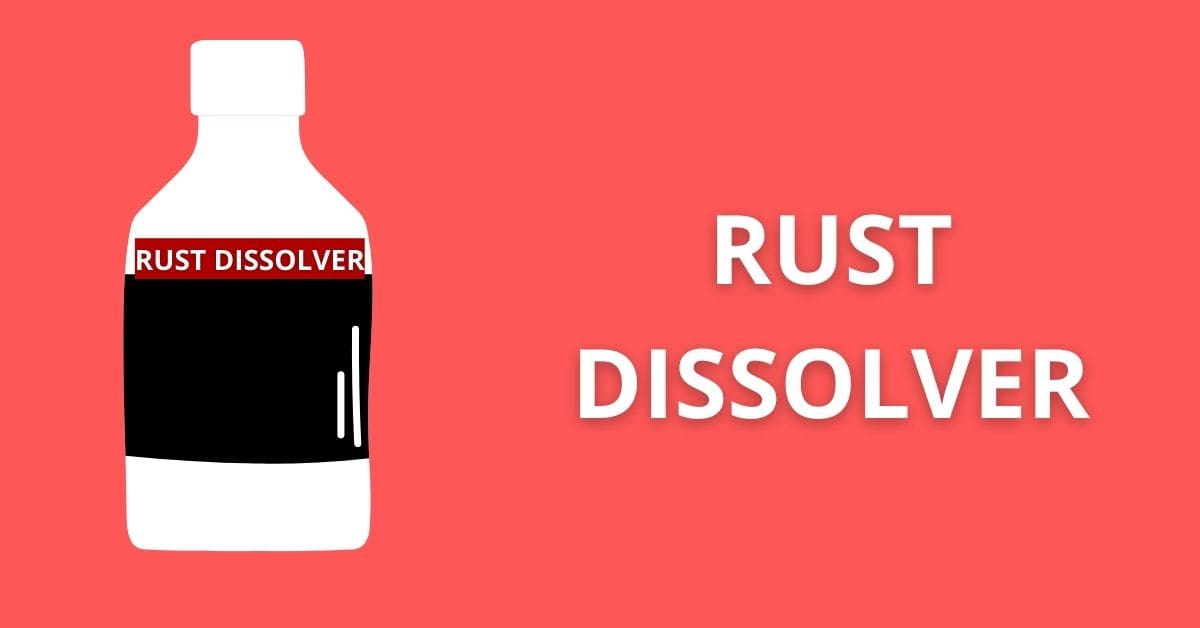
Usually, rust stain removers are most effective in removing those rust stains because these products are specifically made to tackle them.
YOU’LL NEED
Rust stain remover
Water (Optional)
Garden hose
STEPS
STEP 1- If you have a powder stain remover, then mix it with water (according to the instructions over the label) to form a gel/paste and apply it to the rust stain. If it is in a solution form, then simply use it to spray the cement curbing with it.
STEP 2- After applying the paste to the stain or spraying the solution over it, let it sit there for the recommended amount of time. Usually, 15 minutes is an ideal time.
STEP 3- Rinse the paste/solution away using a garden hose.
Conclusion
Cement curbing (like Cement sidewalks and cement benches) is definitely an important aspect of your whole landscaping and cannot be ignored when it comes to cleaning. Usually, it is the first impression that someone gets of your house.
Cleaning your cement curbing effectively requires knowledge of the right (yet simple) methods, most of which have been covered in this article.

